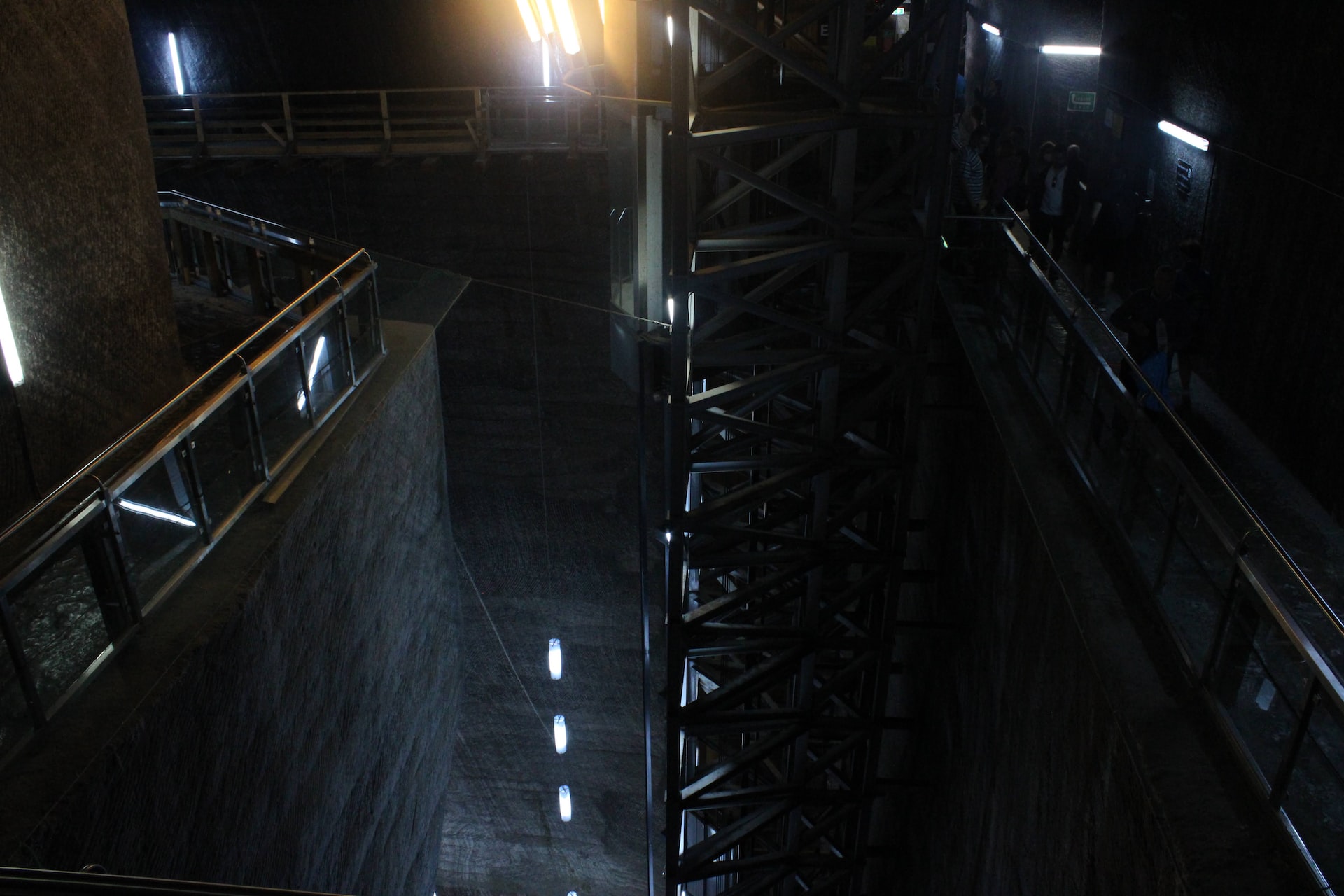Hey Crew! Thanks for joining me in the Ready Room. This mission requires some explanation. You’re probably wondering why our cargo hold is stuffed full of martian sand. Well, we’re headed back to Earth. UnGrav Corp. has hired us to supply the sand for their gravity batteries across all the decommissioned mines on Earth. It’s a big job.
I know. You’re wondering: what is a gravity battery? I’ll be honest, I had to look it up myself and I even found this helpful video explaining gravity batteries in case my explanation doesn’t cut it.
So, in essence, a gravity battery is a weight held suspended in the air (or at the top of a mine shaft as proposed by the scientists in this article). When the weight drops, it spins a turbine, generating electricity. This potential major advancement in renewable energy has the bonus of utilizing the very structures renewables put of business.
Who Cares?
But why is the idea potentially revolutionary? It bridges a gap now limiting well known renewables such as solar and wind. We often criticized renewables as inconsistent. Solar only generates electricity during daytime when people need it most at night and wind only works when… the wind is blowing. In addition, wind and solar often capture high amounts of energy when the supported communities are not drawing similar amounts from the grid. Current battery technology does not support storage of the excess electricity and, as a result, much is lost, unused.
This is the nexus where scientists envision gravity batteries. When solar and wind generate more electricity, than users draw from the grid, the gravity battery shunts the excess energy to lift a weight to the top of the mine shaft. This turns the electricity’s kinetic energy into potential energy. Then, when solar and wind do not generate enough energy to keep the weight up, it falls, spinning the turbines and generating added electricity. Cool right?
In these suppositions, we try to imagine how current technology ages up to create our futuristic experiences. Gravity batteries paint an interesting landscape of a future Earth with repurposed mine shafts. Many mine shafts are in remote locations. How does converting them affect population densities? Do cities crop up around the shafts? Are these cities the new happening place to live, repopulating once ghosted mining towns? Mines are often networks of underground tunnels. How do those tunnels hold up under the sudden influx of infrastructure?
What stories or, gasp, scandals can you think of considering a brave new Earth covered in gravity batteries?

